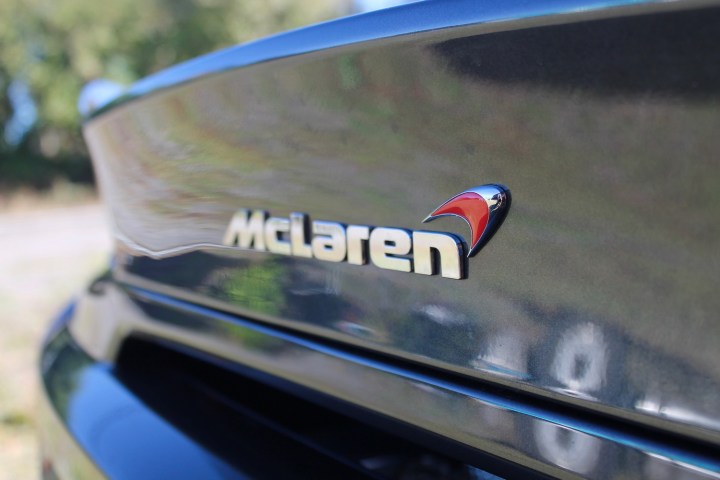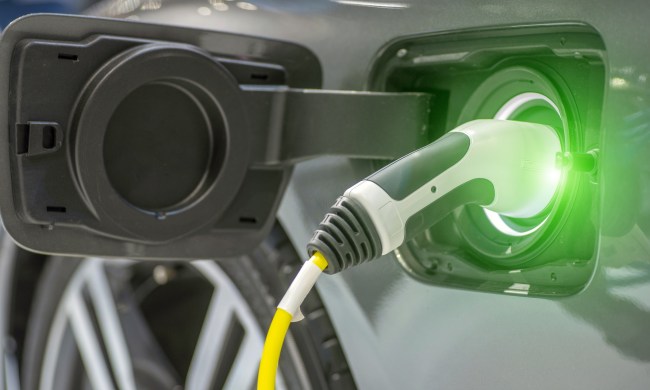
“We’ve got a pure EV mule and part of the reason for that is to ask how we can deliver driver engagement in a fully electric world,” Dan Parry-Williams, McLaren’s engineering design director, said in an interview with Autocar. “But there’s still quite a journey from here to there in terms of our products.”
The main obstacle is batteries. An electric car that could drive 500 miles on the road would drain its battery pack after just a half hour of track driving, Parry-Williams said. Driving at sustained high speeds on a track is something battery developers really haven’t addressed, he said.
“There’s a lot more investment going into energy-dense batteries rather than power density,” Parry-Williams said. Greater energy density means more energy can be stored in a given volume, meaning an electric car can get more range without physically making the battery pack larger. But McLaren needs power-dense batteries that can deliver electricity to a car’s motor (or motors) faster, allowing for better performance.
McLaren’s ongoing tests of a prototype electric car at least show that the company is working on the problem. It may also employ lessons learned from the Formula E race series on future batteries. McLaren will begin supplying batteries to Formula E next year. Crucially, these new batteries will last an entire race, which isn’t the case now. Drivers switch cars partway through. Part of the impetus for Formula E was to create a testing ground for electric-car tech, so perhaps racing will help improve batteries for McLaren road cars.
Meanwhile, McLaren plans to sell more hybrids. So far, the automaker’s only production hybrid has been the ultra-rare P1. That car’s successor, code-named BP23, is also expected to use a hybrid powertrain. But by 2022, McLaren expects half the cars it sells to be hybrids. That means we can expect hybrid powertrains to show up in more mainstream (if you can all any six-figure supercar mainstream) McLaren models over the next five years.


